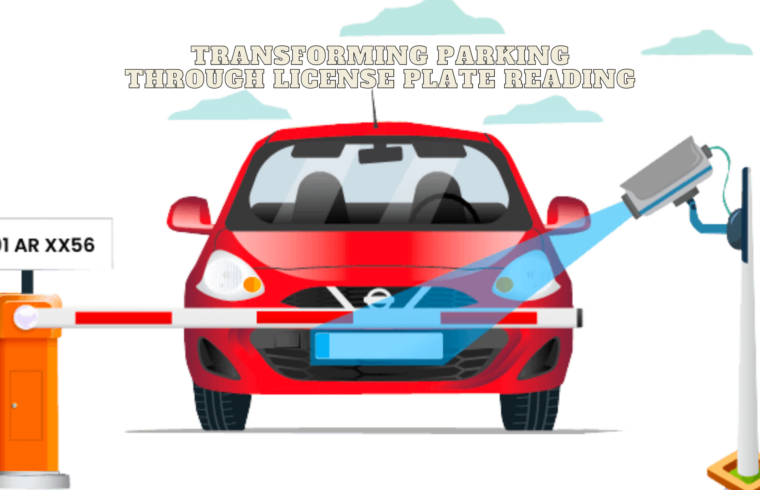New technology is always evolving, and the story is no different in the world of parking. For years, new tools have been in development to help make parking safer, more secure, and easier than ever before. Now, License Plate Reading (LPR) technology is commercial-ready and being deployed in cities across America. So what is LPR and how might it benefit parkers and parking managers alike? Continue reading below to find out how license plate reading technology is changing parking.
Deciphering LPR
License Plate Reading (LPR) technology deciphers license plate information for streamlined parking. It facilitates automatic access, real-time tracking, and efficient payment processing. LPR minimizes manual interventions, reduces errors, enhances security, and optimizes resource usage. This technology benefits both parking users and operators by improving convenience, accuracy, and overall parking experience.
Pros for Individuals Parking
License Plate Reading (LPR) Tech simplifies parking for individuals with quick access, automated payments, and reduced waiting times. It eliminates the need for physical permits or tickets, enhances user convenience, and provides real-time parking availability information. LPR enhances the overall parking experience by offering a hassle-free and efficient way to park.
Pros for Parking Operations
License Plate Reading (LPR) Tech benefits parking operations by streamlining entry and exit processes, reducing manual interventions, and minimizing fraud. It enhances enforcement accuracy, enables dynamic pricing, and optimizes space utilization. LPR enhances operational efficiency and revenue generation while providing a better parking experience for users.
LPR at Work
License Plate Reading (LPR) Tech revolutionizes parking by automating entry, exit, and payment processes. It enhances security, reduces congestion, and enables real-time monitoring. LPR boosts efficiency, reduces labor costs, and offers valuable data insights for parking facility management, leading to improved customer satisfaction and optimized revenue streams.





